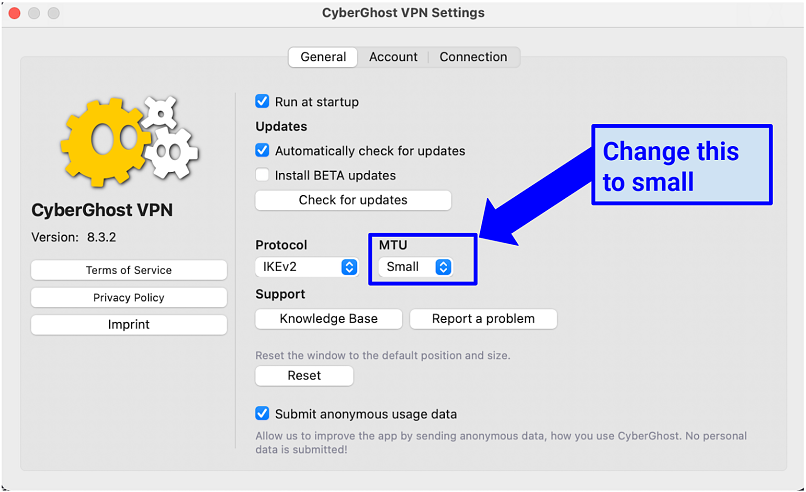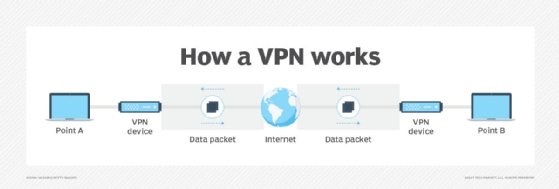Featured
Table of Contents
Troubleshooting Vpn Passthrough For Home Routers - Answer

The Routing and Remote Gain access to snap-in lives within the Microsoft Management Console, referred to as the MMC. There are numerous ways to access the MMC. You can select the console from the Start menu's Programs choices, within the Administrative Tools folder within Windows server's Control board or by typing mmc at a command timely.
As Tech, Republic's Brandon Vigliarolo shows within his video at the start of this short article, the Providers console shows the status of the Routing and Remote Gain access to entry. From within the Solutions console and with the Routing and Remote Access entry highlighted, you can click Start the Service or right-click the entry and select Restart.
Sometimes the VPN client and VPN server are set to using various authentication methods. Verify whether an authentication error is the issue by opening the server console. Another approach of accessing the MMC is to type Control+R to open a command timely in which you can type mmc and struck Get in or click OK.
If the entry isn't present, click File, choose Add/Remove Snap-in, pick the Routing and Remote Access choice from the options and click Add, then OK. With the Routing and Remote Access snap-in added, right-click on the VPN server and click Residences. Then, examine the Security tab to validate the authentication technique.
Unable To Connect To Client Vpn From Some Devices
Ensure the VPN client is set to the authentication technique defined within the Security tab. Typically the products simply reviewed are responsible for most VPN connection rejection errors. But other fundamentals need to be right, too. If the Windows Server hosting the VPN hasn't joined the Windows domain, the server will be unable to confirm logins.
Each Web-based VPN connection generally uses 2 different IP addresses for the VPN client computer system. This is the IP address that's utilized to develop the preliminary TCP/IP connection to the VPN server over the Web.
This IP address generally has the very same subnet as the regional network and therefore allows the customer to communicate with the local network. When you set up the VPN server, you should configure a DHCP server to assign addresses to clients, or you can create a bank of IP addresses to assign to clients directly from the VPN server.


If this option is chosen and the reliable remote gain access to policy is set to enable remote access, the user will have the ability to connect to the VPN. Although I have been not able to re-create the circumstance personally, I have actually heard reports that a bug exists in older Windows servers that can cause the connection to be accepted even if the reliable remote access policy is set to reject a user's connection.
Vpn Troubleshooting Guide

Another common VPN problem is that a connection is effectively established but the remote user is not able to access the network beyond the VPN server. Without a doubt, the most typical reason for this problem is that authorization hasn't been granted for the user to access the entire network. To allow a user to access the entire network, go to the Routing and Remote Gain access to console and right-click on the VPN server that's having the problem.
At the top of the IP tab is an Enable IP Routing check box. If this check box is enabled, VPN users will have the ability to access the remainder of the network, presuming network firewall programs and security-as-a-service settings allow. If the checkbox is not picked, these users will have the ability to access just the VPN server, but absolutely nothing beyond.
For instance, if a user is calling directly into the VPN server, it's usually best to configure a fixed path between the customer and the server. You can set up a fixed path by going to the Dial In tab of the user's residential or commercial properties sheet in Active Directory site Users and Computers and selecting the Apply A Static Path check box.
Click the Include Path button and then enter the destination IP address and network mask in the area supplied. The metric need to be left at 1. If you're utilizing a DHCP server to appoint IP addresses to customers, there are a number of other problems that could trigger users not to be able to exceed the VPN server.
Common Dns Issues In Vpn Networking
If the DHCP server assigns the user an IP address that is currently in use in other places on the network, Windows will find the dispute and prevent the user from accessing the remainder of the network. Another typical issue is the user not getting an address at all. The majority of the time, if the DHCP server can't assign the user an IP address, the connection will not make it this far.
254.x. x variety. If the client is designated an address in a range that's not present within the system's routing tables, the user will be not able to browse the network beyond the VPN server. Other problems can contribute to this issue, too. Make sure the resources the user is trying to gain access to are actually on the network to which the user is connecting.
A VPN connection to the other subnet might, in truth, be required. A firewall software or security as a service solution might also be to blame, so don't forget to examine those services' settings, if such parts exist between the VPN server and the resources the user seeks to reach.
The very first possibility is that one or more of the routers included is carrying out IP packet filtering. I suggest inspecting the customer, the server and any machines in between for IP package filters.
Latest Posts
Why You Need A Vpn, And How To Choose The Right One
Beginner's Guide To Vpn - Everything You Need [5000+ ...
Best Vpns For Small Businesses (2023)